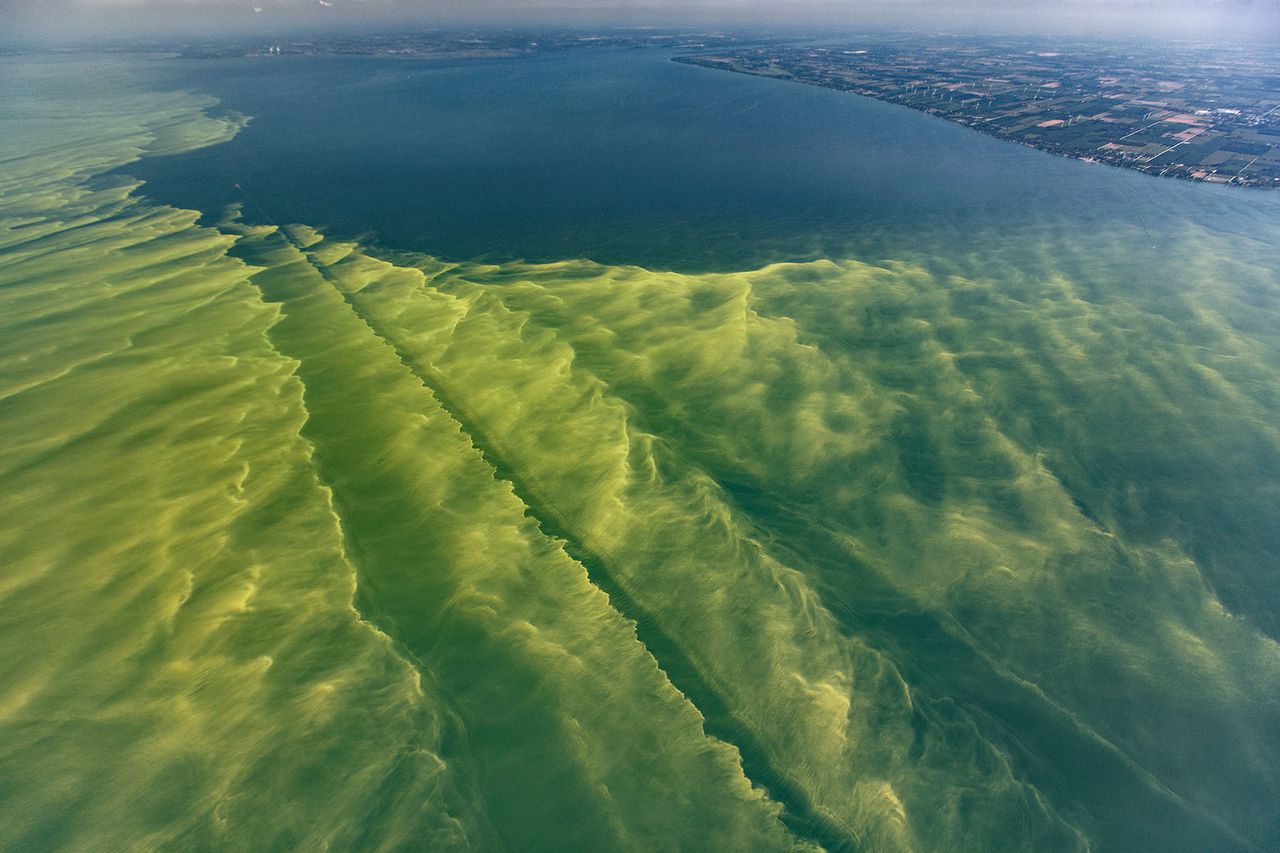People should not swim, water ski or power boat in the Willamette River near Portland’s St. Johns neighborhood due to a toxic cyanobacteria bloom, state health authorities warned Friday.
The warning applies to the Willamette from near Cathedral Park south to the Willamette Cove area just north of the the St. Johns Railroad Bridge.
People should avoid swimming and high-speed water activities, such as water skiing or power boating, in areas of the river where blooms are present, as ingesting water containing cytotoxins poses a serious risk to human health, officials said.
Drinking water from areas of the river affected by a bloom is especially dangerous, they warned. Toxins cannot be removed by boiling, filtering or treating water with camping-style filters.
Children and pets are at increased risk for exposure because of their size and activity levels. Dogs can get extremely ill and even die within minutes to hours of exposure to cyanotoxins by drinking the water, licking their fur or eating the toxins from floating mats or dried crust along the shore.
The toxins are not absorbed through the skin, they said. But people with skin sensitivities may get a puffy red rash, they said.
The blooms, which are most frequently bright green, typically form in warm, slow-moving waters that are rich in nutrients from sources such as fertilizer runoff.

Health officials are warning people not to splash or swim in the Willamette River near St. Johns due to toxic bacteria. The U.S. National Office for Harmful Algal Blooms offers this photo from Lake Erie as one example of what the cytotoxin can look like.
According to the Centers for Disease Control and Prevention, cyanobacteria blooms can look like foam, scum or mats, particularly when the wind blows them toward a shoreline. The blooms can be blue, bright green, brown or red. They sometimes look like paint floating on the water’s surface. As cyanobacteria in a bloom die, the water may smell bad, similar to rotting plants.
Public health officials plan to continue to collect samples next week to better define the length and geographic span of the health warning. People should be aware that the bloom and associated toxins may have originated upstream of Willamette Cove and could have spread downstream beyond Cathedral Park, officials said.
The Oregon Health Authority recommends that people keep an eye out for visible signs of bloom in other areas of the river and stay out of the water in locations with visible scum.
Boating is safe in affected areas as long as speeds do not create noticable water spray. Sprays could lead to the risk of inhaling cyanotoxins.
Exposure to cyanotoxins can cause a range of symptoms. Symptoms may be similar to food poisoning such as stomach cramping, diarrhea, nausea and vomiting. Symptoms may also be more serious, such as numbness, tingling, dizziness and shortness of breath. These symptoms may require medical attention.
Dogs can experience weakness, difficulty walking, seizures, lethargy, loss of appetite and more. If your dog exhibits any of these symptoms after swimming, seek veterinary treatment as quickly as possible.
Fish caught from areas where cyanobacteria blooms are present may pose unknown health risks. Fat, skin and organs should be removed before cooking or freezing. Fillets should also be rinsed with clean water.
For health information or to report an illness, contact OHA at 971-673-0482.
— Betsy Hammond; betsyhammond@oregonian.com
Note to readers: if you purchase something through one of our affiliate links we may earn a commission.
